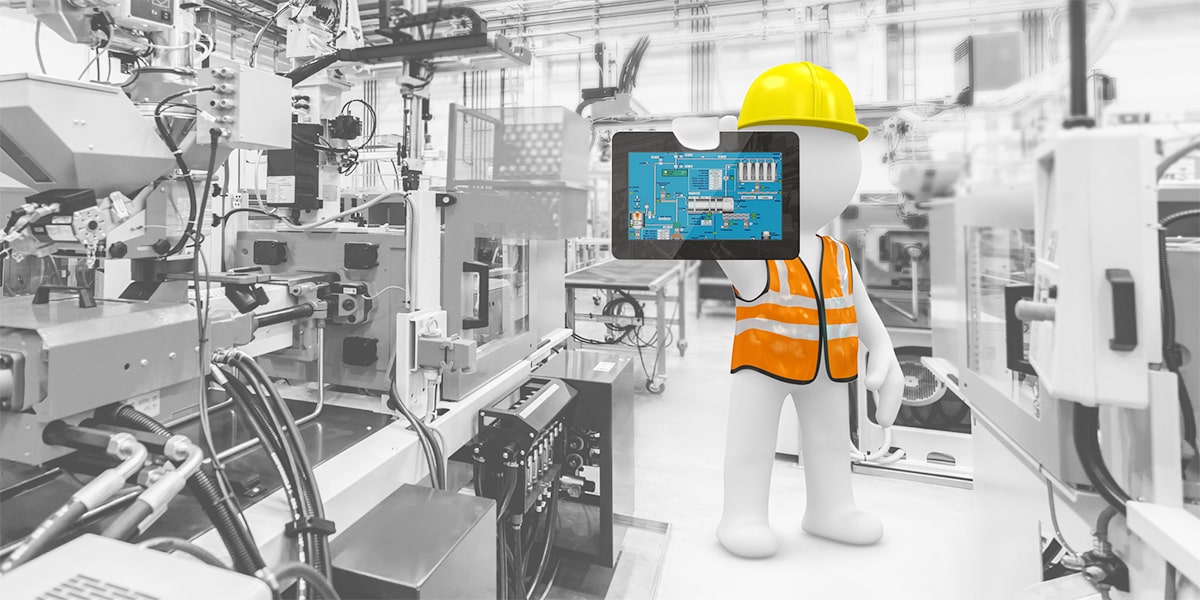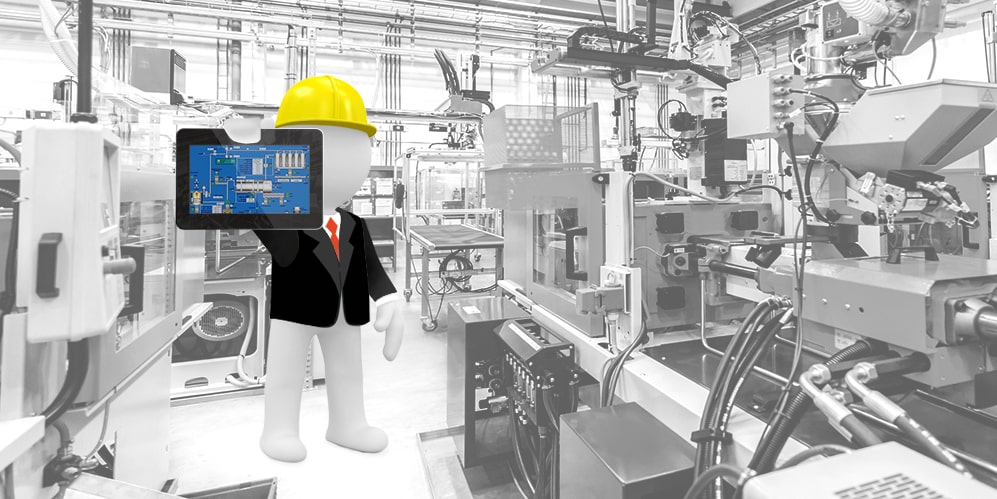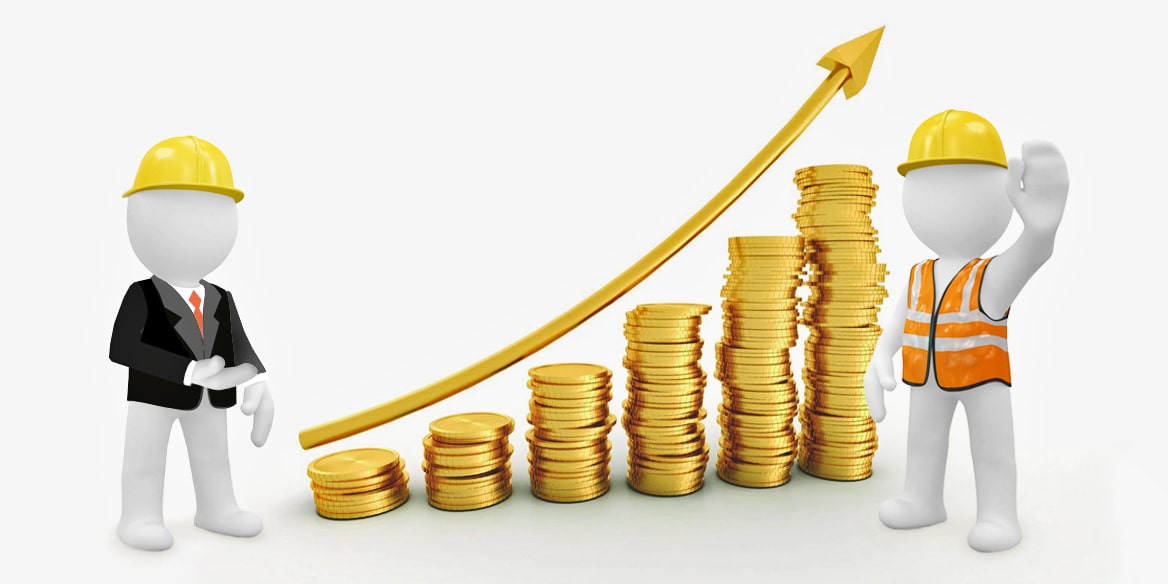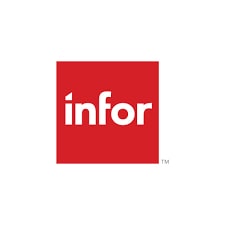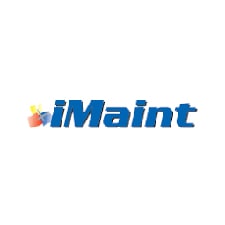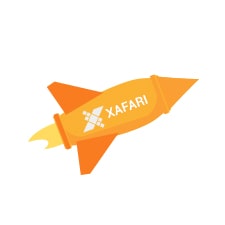- The basics
- A little bit from history
- So what’s the difference?
- EAM and CMMS benefits
- Vendors
- Questions about EAM and CMMS
- Conclusion
Every purposeful company with physical assets sooner or later comes to the choice of supporting system. And that is really logical. Imagine yourself having thousands of employees, hundreds of expensive machines, dozens of different departments and couples of beloved ones waiting you at home. It is impossible to maintain all these resources yourself without nervous breakdown. So having a reliable asset maintenance system is a need. The question is how to choose the right one?
There are two words you’ll find first searching for maintenance software: EAM and CMMS. But what is the difference and is there any at all? Let’s try to figure it out today and help you to choose your perfect solution.
The basics
EAM vs. CMMS. You can meet these two terms together as the best options for asset management. On the surface, these systems look the same: they both are about maintenance, offer cloud-based subscriptions and provide additional features like inventory management. But the question is there any clear difference between them? To begin with, let’s define these systems.
CMMS
Computerized Maintenance Management Software or CMMS is a system focused, as it’s clear from its name, on asset’s maintenance. So, CMMS is all about maintenance tasks optimization and providing communications for maintenance activities.
Computerized Maintenance Management Software is geared toward coordination and communication. CMMS core functions are:
- maintenance scheduling automation;
- inventory streamline;
- assets’ databases maintenance;
- reports generation;
- work order management.
Digital format provided by CMMS system helps to replace paper work order, which facilitates and speeds up work.
Let’s summarize it up and distinguish the main idea in two key points:
CMMS goal: CMMS systems aimed at the asset’s lifespan extension and operations efficiency improvement.
Means of achievement: reduce equipment downtime, resource utilization and supply costs.
EAM
Enterprise Asset Management or simply EAM is system for physical asset’s management including buildings, installations and real estate assets. The system covers such areas as construction, commissioning, design, operations, maintenance, and replacement of all assets.
EAM manages the following processes:
- documentation flow;
- finance;
- operating models;
- personnel management.
EAM’s goal: effective use of all company’s assets that provide value to business, maintenance at all steps.
Means of achievement: to identify the location of assets within space and their users as well as evaluate their financial impact.
A little bit from history
To better understand the difference between EAM and CMMS systems and their benefits it is relevant now to go back to their history. What appeared the first?
The answer is CMMS. Its history begins in the 1960s, when the math-based systems were created to monitor large companies’ assets and the way they conducted maintenance. To be precise the year of CMMS appearance is 1965 when the system used to notice technical workers to perform simple routine tasks. For instance, CMMS system could remind about engine’s oil change necessity. The specialists inserted work order data, such as fault codes, into punch cards that were fed into the computer through card readers. However, such punch cards were later changed to a simple paper.
The second important period in CMMS history is 1980s. Before this time, CMMS systems were run on huge and extremely expensive IBM mainframe computers. Only large companies could effort such system. But with the invention of mini-computer CMMS systems became available for medium-size companies. To the updated system were also added such functions as:
- assets history;
- work order management;
- spare parts inventory management.
And, finally, in the 1990s was developed the first EAM system. It was initially created as CMMS features extension especially for organizations with global maintenance initiatives. To that time became obvious that it is not enough to focus only at one department, it’s necessary to have the full view. Thus, new features appeared:
- Financial costs;
- Forecasting system;
- Assets lifecycle analysis.
With the wide internet spread, software technologies changed and the market has grown significantly. CMMS and EAM providers strove to follow those changes and incorporated more robust reporting and analytical tools. Thus, the borders between those two system began to blur. That is why today it is hard to see the clear difference between EAM and CMMS, as in the most case, they are just different approaches but not technologies themselves.
So what’s the difference?
So, let’s puzzle out now what is the difference.
As you can see from the previous paragraphs, EAM and CMMS systems have much such things in common like some purposes and functionality. But in fact, they are not the same software and can’t be used as synonyms. EAM offers more capabilities and features then CMMS. In other words, almost all EAM systems have CMMS capacities, but not every CMMS system has EAM functionality.
Let’s see more difference in the table below:
EAM
- The full company management system including multiple business functions and comprehensive approach.
- Tracks the whole asset lifecycle from parts ordering and installation to repair.
- Can manage multiple sites and businesses.
- A must for big companies with more than 100 maintenance workers.
CMMS
- Focus on asset’s maintenance.
- Start maintenance after asset installation.
- Has limited multiple sites support, or manages only one location.
- Suits for small organizations with dozens workers.
Asset maintenance systems can be also compared according to their features:
| Features | EAM | CMMS |
| Work orders | ||
| Finance management | ||
| Inventory management | ||
| Preventive maintenance | ||
| Energy monitoring | ||
| Warranties | ||
| Reporting | ||
| Scheduling and work planning | ||
| Personnel management |
EAM and CMMS benefits
Identifying EAM and CMMS as different systems, arises the question: how to choose the right system? Lists of the following benefits will help you to make the best choice yourself.
CMMS advantages
- Simplicity
Those systems are easy-to-use, so it will be rather simple for employees to start working with them. Therein, CMMS automates business operations providing access to all facility processes and information through its system dashboard.
- Eco-friendly
Running efficiently, machines and vehicles use less energy. Nowadays, manufacturing industries consume 35 % of the world's energy. Using the right system, you can reduce this energy use and limiting the impact on the environment.
- Concentrated system
Single direction always gives the best results in a particular area. As the system oriented to asset maintenance and maintenance preventative, those functions will be performed better and accurate. Besides, perfectly suits for machine running teams.
- Small business oriented
For small organizations with dozens workers CMMS system is the best option. The cost is usually lower than EAM but CMMS functions will be pretty enough for small company.
EAM advantages
- Broad use perspectives
Comparing to CMMS system EAM performs more functions. It helps to manage all the processes from personnel data to repair.
- Reduce costs
Asset’s condition is under system’s control, which helps to prevent breakdowns. Reliable maintenance at all levels promotes budget saving. Implementation of EAM system is an investment in company’s future.
- Possibility of extension
One more important benefit, is that EAM system could be easily extended and include more functionality in the future. There is no need to change the system then, it will be enough just to complement it.
- Covers all enterprise’s needs
The number of modules in EAM system may vary in accordance with organization’s need. So, the company can include module for forceful management of all departments.
Vendors
With growing asset management systems popularity the market is annually replenished with new suppliers. The company appears a question: which supplier is better? We’d like to highlight here top vendors which suggests both EAM and CMMS solutions:
- Infor
Company that presents EAM and CMMS businesses from small to large sizes. Provides such benefits as:
- Capital asset improvement;
- Material costs reduction for 20%;
- Strategic planning;
- Energy use reduction.
- iMaint
EAM and CMMS system that automates tasks to save time and boost productivity. The major advantage is its low cost - $60 per user per month only. Benefits:
- Cloud-based;
- Advanced reporting opportunities;
- Easy customizable;
- Efficient customer support.
- SAP
This solution for physical asset’s maintenance covers needs of various manufacturers: production equipment, power grids, facilities, machinery, vehicles. Benefits:
- Fast reporting and analytics;
- Improved asset utilization;
- High visibility of assets performance;
- Improved operation.
For those who always strive for the ideal and full compliance there is one more variant. You can design your system yourself with a help of business application framework Xafari.
GalaktikaSoft suggests creating a unique EAM or CMMS solution for your company especially if you have an IT department. Xafari Framework is a tool for business applications’ generation, which enables developers to design business solutions of any complexity. It is based on DevExpress XAF but extends its capacity with additional modules, controls and functions for even better work.
You can try it for free and test for convenience as GalaktikaSift provides free 30-day trial and demo.
Questions about EAM and CMMS
Such complex topics as assets maintenance arises lots of question. How to choose the best, what is the difference between them what benefits do they have? So, to get ahead these questions, we gathered together the top asked questions about EAM and CMMS systems.
What is the major difference between CMMS and EAM systems?
The core difference of these two systems can be described as following: almost all EAM systems have CMMS capacities, but not every CMMS system has EAM functionality. So, EAM is wider oriented system and offers maintenance for all companies spheres while CMMS focused primarily on asset’s maintenance.
Which companies EAM suites the best?
EAM system is all about large organization with more than 100 employees management and maintenance. It was developed specially for enterprises needs and contains modules for every business’s aspect. However, the number of modules can be reduced and the system then will suit medium companies’ needs.
What are the best asset maintenance system’s vendors?
We can point out 3 the most popular vendors with EAM and CMMS solutions:
- Infor
- iMaint
- SAP
Plus, you can use Xafari Framework by GalaktikaSoft and create the system yourself.
What features are the most important for CMMS system?
For efficient maintenance of company’s assets, CMMS system must include 5 major features:
- Work orders management;
- Maintenance scheduling;
- Inventory management;
- Preventive management;
- Maintenance history.
Which companies use EAM and CMMS systems?
These systems are actually can be useful for every company with physical assets. But the top industries that use EAM and CMMS systems are:
- Manufacturing;
- Oil industry;
- Mining;
- Gas industry;
- Chemical industry;
- Shipping.
Conclusion
BI tools are aimed at making our work better, faster and more productive. CMMS and EAM systems follow these goals as well. All we have to do is to accept this assistance by choosing the right system.
We hope knowing the difference now it will be easier for you to make this choice.

